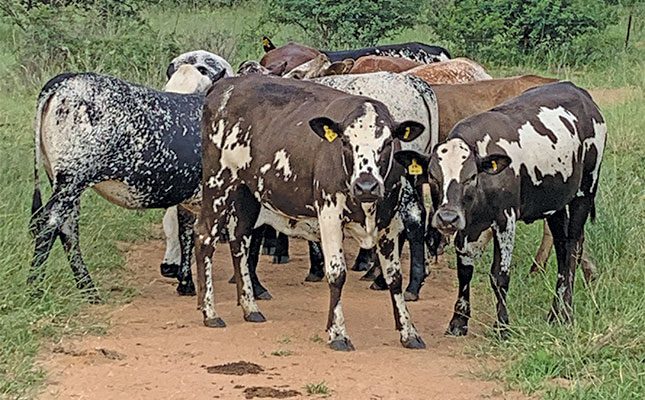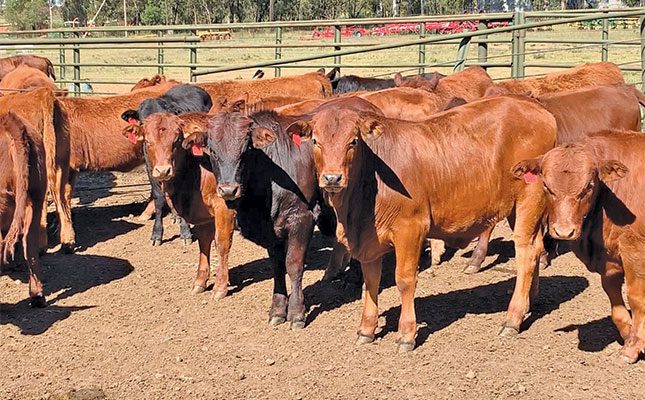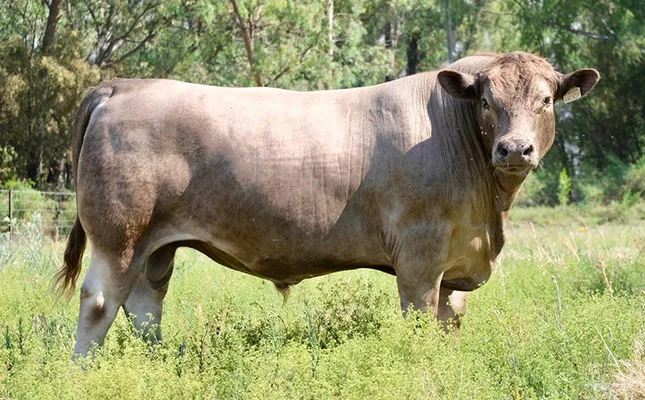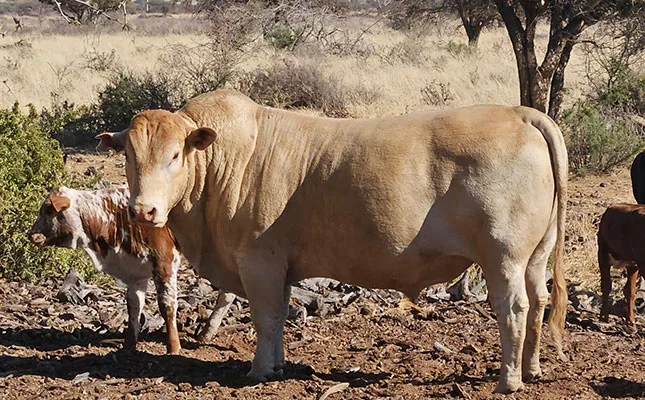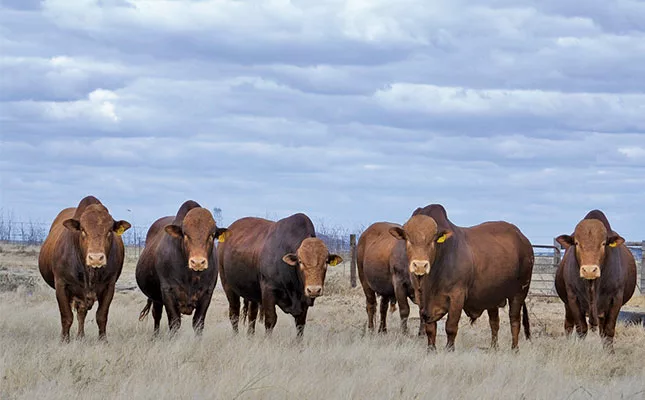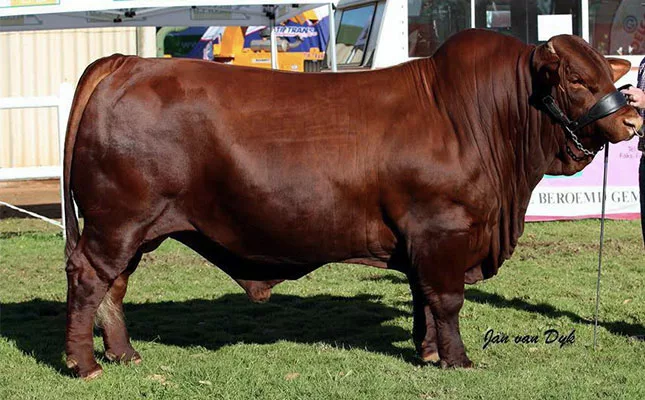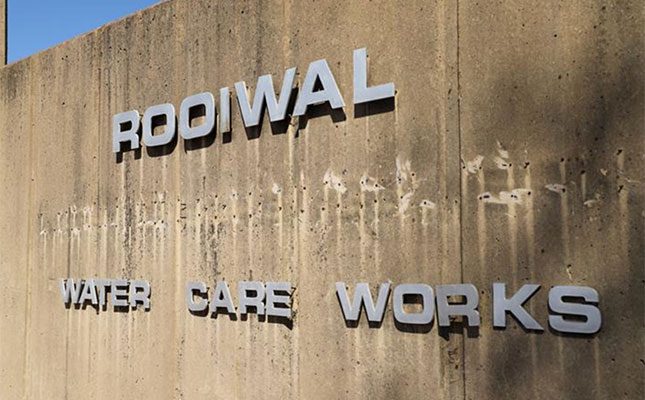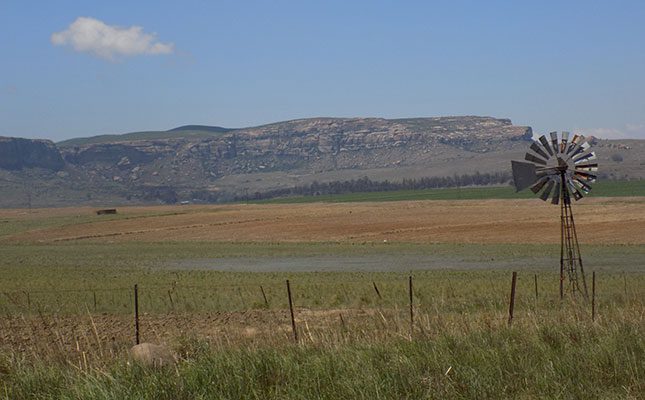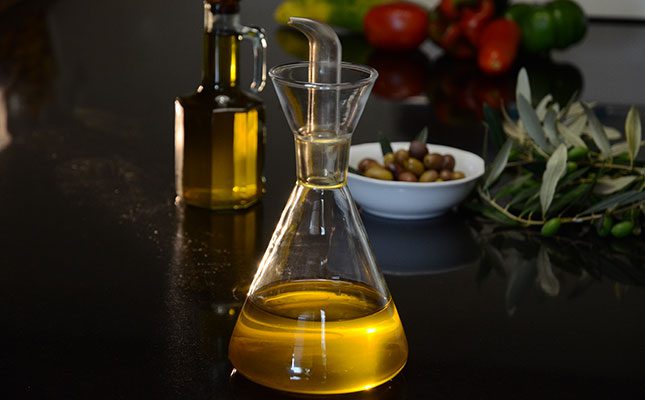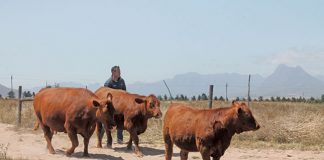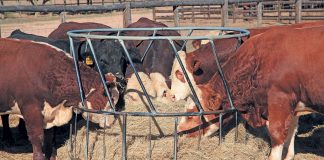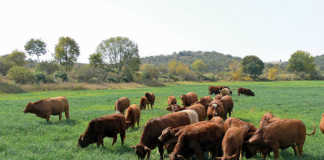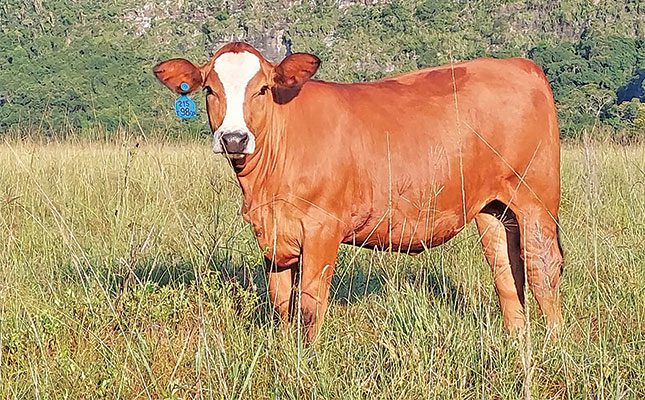
Photo: Supplied
The Joshlin Simbra stud was registered in 2012 by Linley Jones, her brother, Shaun, and their father, Joel Lutge, to diversify their family’s generational commitment to rotational vegetable production on 50ha in the Blue Waters region between East London and Komga.
In fact, their Simbra’s quiet commitment to performance has proven to be nothing short of life-altering.
“It [vegetable production] keeps us on our toes and is high risk, time-consuming and taxing, but when the days get rough, there is nothing better than taking a breather and walking through our Simbras,” says Jones.
“They [Joshlin Simbras] get on with it, they perform and they are the part of our farming operation that gives us highlights and colour in our grey hairs.”
Establishing the Stud
The Joshlin Simbra stud’s foundation genetics, including 10 exceptional pregnant heifers, were sourced from Marius Potgieter’s Marichelle Simbras in Komga.
Since then, more genetics have been sourced from across the country, including the influential bull Vleisberg Dollars from Kobus Bester’s Vleisberg Simbras near Ventersdorp in North West.
At the time of the purchase of Vleisberg Dollars in 2018, he was the Reserve National Champion Simbra Bull.
Today, the Joshlin Simbra herd runs on the mixed sweet- and sourveld of the 200ha Daybreak farm along the Kubusi River in the Komga district. The focus on this leased property is to breed fertile, functional, well-adapted and structurally correct animals.
Showing
Since 2012, the Joshlin Simbra stud has accumulated a glittering array of show accolades in various categories, including group, individual and interbreed events across South Africa.
Showing Joshlin Simbras has always been a value-adding exercise for the stud, says Jones.
“We have used showing as a way to expand our vision and measure our existing and future breeding goals against other Simbra breeders and interbreed cattle,” she says. “Showing has also taught us a lot about nutrition, overall wellness of cattle and the uniquely different characteristics of cattle.”
This dedication to showing eventuallyculminated in international recognition when at the 2024 Champion of the World Competition. The cow Joshlin Quartz and the bull Joshlin Diesel were announced as the World Champion Simbra Cow and the bronze-medal Simbra bull, respectively.
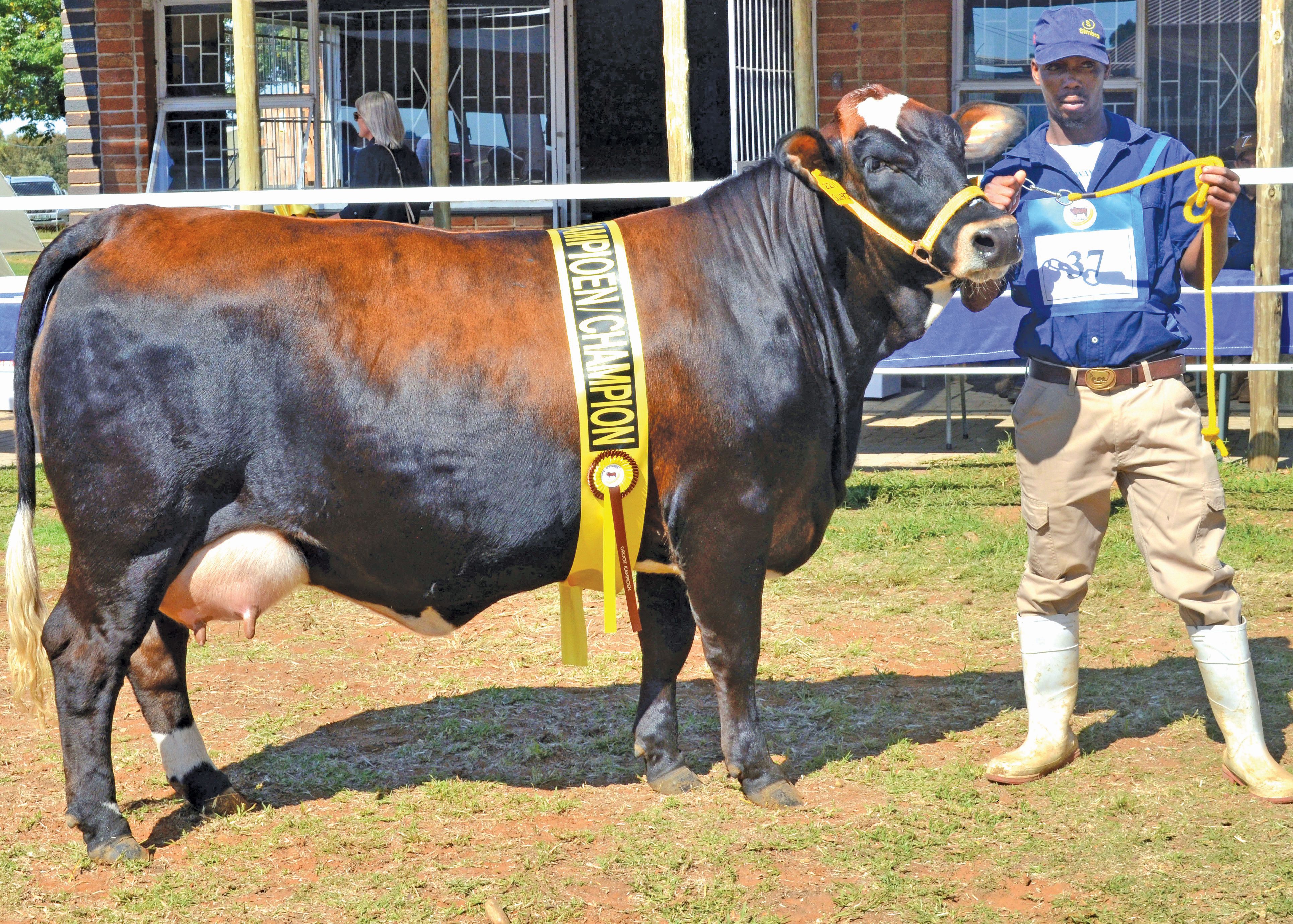
Entry of individual cattle into the Champion of the World Competition is dependent on them first reaching the very pinnacle of recognition in shows in their country of origin. Although the Simbra Nationals were not held in 2024, Quartz and Diesel emerged as champions of every show they attended in 2024, including the Bloemfontein, Royal Agricultural and Bathurst Agricultural shows.
The Champion of the World Competition, founded in 2012 by South African-born PJ Budler, involves about 2 000 cattle from 16 breeds from over 76 countries. All individual animals are judged by four rotating international judges using photographs supplied by owners.
Fertile and Efficient
The Joshlin female herd is highly fertile and boasts a current conception and calving rate of 96%. The Joshlin cows have no calving problems. Furthermore, the herd average inter-calving period (ICP) is a solid 378 days, while the 10 top cows in the herd have an average ICP of 355 days.
Another focus of the owners of the stud has been to improve overall cow efficiency by breeding more medium-framed cows able to wean as much as 50% of their own body weight from the veld.

In 2024, the average cow weight in the Joshlin stud was 525kg, and they were on average weaning 47% of their own weight at 200 days.
A key component of the first of two mating seasons is an artificial insemination (AI) programme in November. Cows from the first mating season (1 December to 28 February), are pregnancy-tested on 31 March, and those that have not taken are included into the next mating season from 1 April to 30 June.
About 15 replacement heifers are put to the bull every year at the age of between 18 and 24 months or at a weight of 360kg. All females are allocated to single-sire herds based on various criteria, including estimated breeding values, size and type, and are also carefully matched to sires according to desired breeding outcomes.
Disease control and grazing
All Joshlin Simbras are managed using the Herdmaster and Breedplan programs and are subjected to a comprehensive inoculation programme. For example, the entire herd is inoculated yearly for infectious bovine rhinotracheitis, influenza, bovine viral diarrhoea, various respiratory diseases, several clostridial strains, pneumonia, anthrax, black quarter, botulism, lumpy skin disease and Rift Valley fever.
Furthermore, all heifers are inoculated for Brucella abortus at 12 months and receive a booster four months later.
Also, all show animals are tested for bovine tuberculosis and contagious abortion, and are inspected for foot-and-mouth disease. Cattle receive a protein and phosphate lick in winter and summer, respectively, while cows and calves also receive a grainless silage in winter.
As for grazing strategies, about 150ha of veld on Daybreak farm is divided into 12 camps (each with a water point) and are grazed in a rotational system (seven days per camp). Not only is this grazing strategy used to improve grass growth but it also helps in the reduction of tick and parasite pressure. The future goal is to implement a high-density grazing system.
The veld on Daybreak farm is defined by heavy tick loads that carry redwater, heartwater and gallsickness. Dipping is therefore done fortnightly throughout the year using a wide variety of dipping products in order to prevent resistance to any one product. When tick pressure is extreme, Ivermectin-based injectables are utilised as a last resort.
Marketing
Cattle are marketed through the Ultra Group Auction in the southern Free State and directly from the farm in Komga. About 15 mature females and a couple of bulls are sold every year.
The success of the Joshlin Simbra stud boils down to an attitude of humility and a constant desire to keep learning, says Jones.
“Always be open to learn something new, take sensible advice from others who have been there before you, read books, watch videos, and expand your knowledge of all things,” she says. “And never ever get complacent.”

